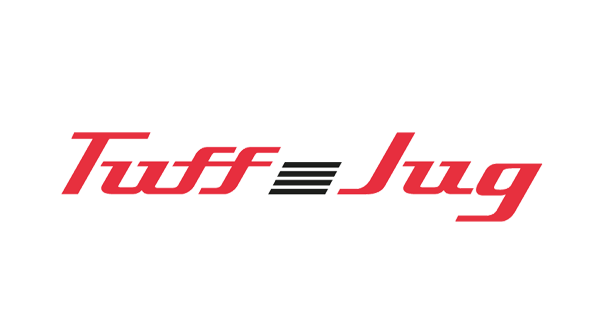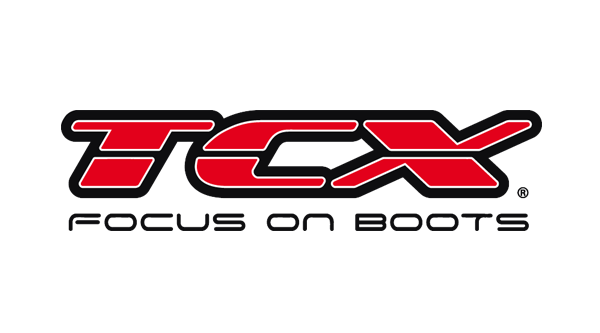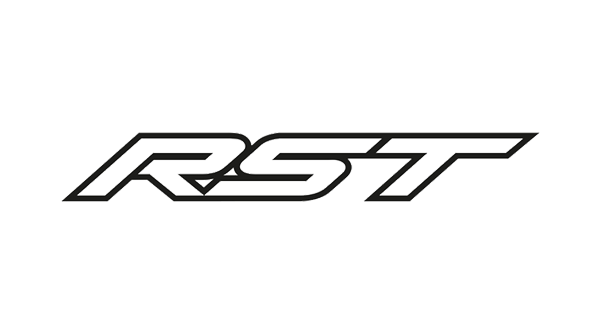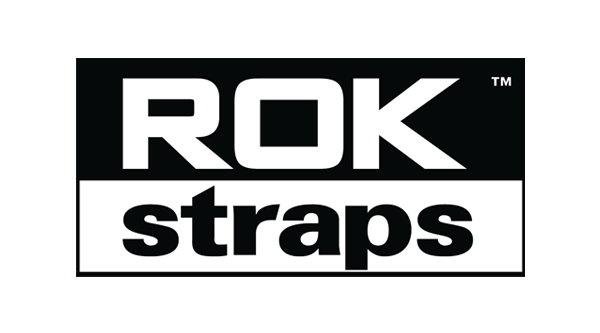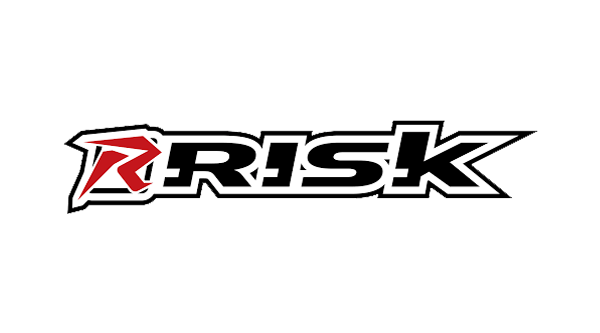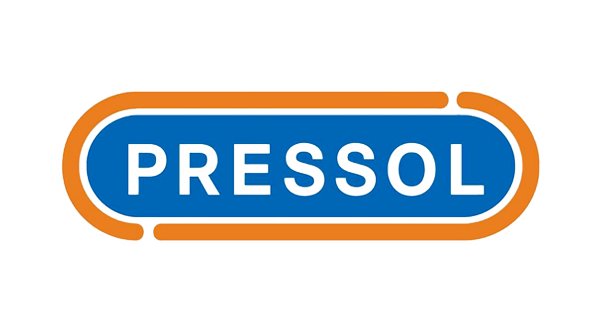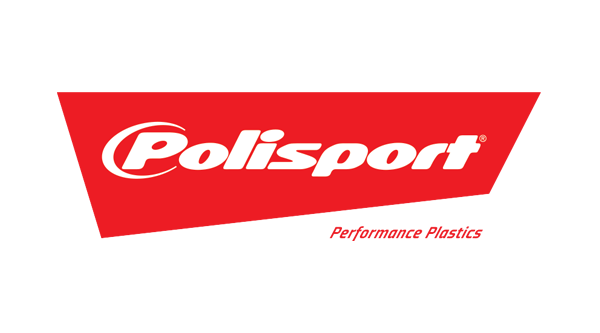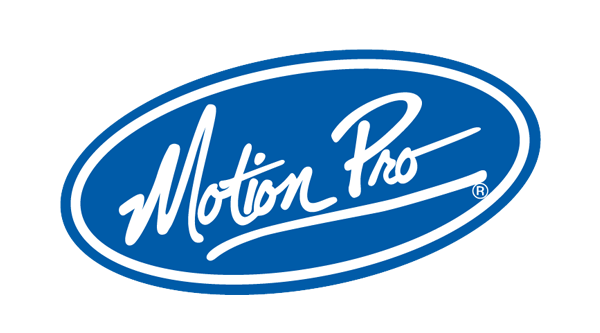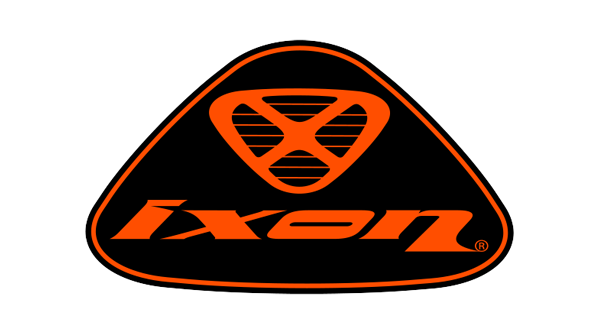Difference between CE Level 1 and Level 2 protection
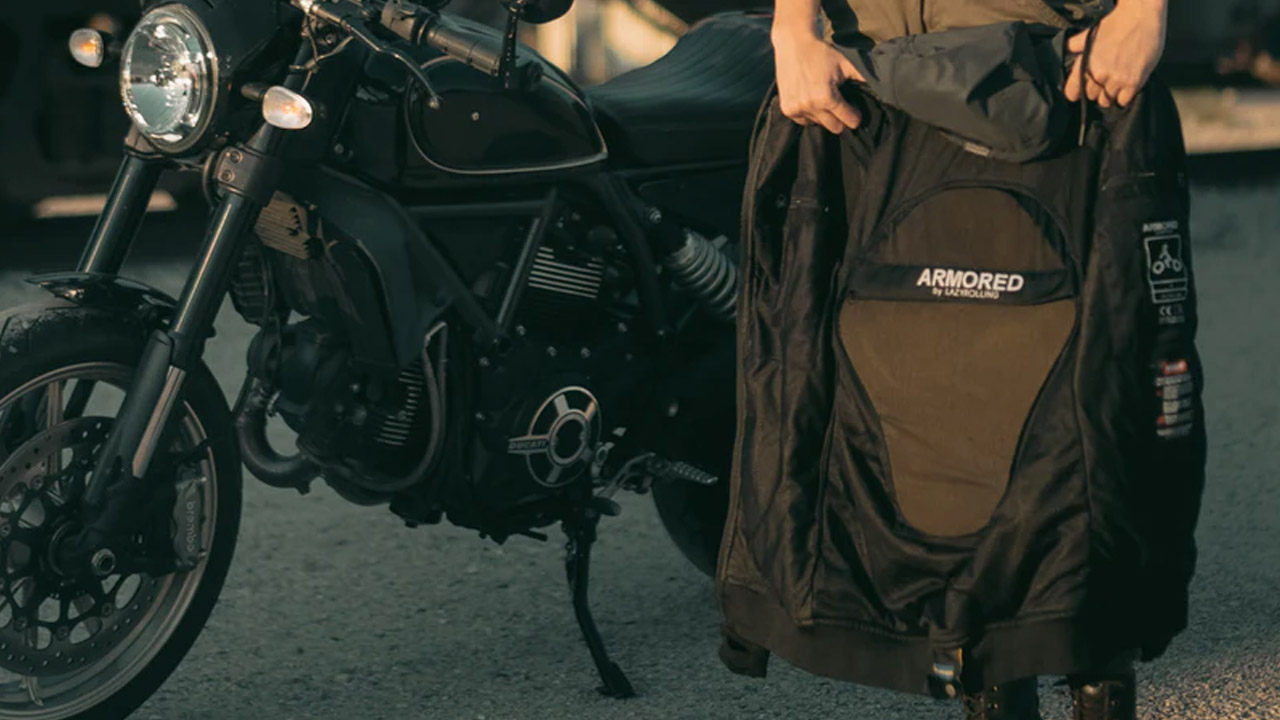
Let’s delve deeper into the technical specifications and differences between CE Level 1 and CE Level 2 certifications for motorcycle protective gear:
CE Level 1 Certification:
Impact Protection Performance:
CE Level 1 certification signifies that the protective gear has passed tests for impact protection according to CE standards. It offers a baseline level of protection against impacts.
The gear must meet requirements for impact energy absorption and transmitted force, typically focusing on vulnerable areas such as elbows, shoulders, knees, and hips.
Testing Standards and Procedures:
To attain CE Level 1 certification, the gear undergoes specific testing procedures outlined by CE regulations. This includes impact tests using standardized equipment and protocols.
Tests evaluate the gear’s ability to absorb and dissipate energy during impacts, ensuring it provides adequate protection to the wearer.
Materials and Construction:
CE Level 1 gear may incorporate materials such as foam padding, basic armor inserts, or impact-resistant textiles.
Construction techniques prioritize durability and may include reinforced stitching and abrasion-resistant panels.
Comfort and Flexibility:
CE Level 1 gear aims to balance protection with comfort and flexibility for everyday riding.
It often features lightweight materials, ergonomic designs, and articulated panels to enhance mobility without compromising safety.
CE Level 2 Certification:
Enhanced Impact Protection:
CE Level 2 certification indicates superior impact protection compared to Level 1. It offers enhanced shock absorption and energy dissipation properties.
The gear must meet stricter requirements for impact performance, including lower thresholds for transmitted force and higher standards for energy absorption.
Rigorous Testing Procedures:
Achieving CE Level 2 certification involves more rigorous testing procedures and higher performance criteria compared to Level 1.
Tests assess the gear’s ability to withstand impacts at higher speeds and forces, simulating more severe crash scenarios.
Advanced Materials and Design:
CE Level 2 gear often incorporates advanced materials such as high-density foam, dual-density armor, or specialized impact-absorbing technologies.
Design features may include multiple layers of protection, articulated armor panels, and reinforced impact zones for optimal safety.
Coverage and Versatility:
CE Level 2 gear provides greater coverage and protection compared to Level 1, with additional armor or padding in critical areas.
It offers versatility for various riding conditions, ensuring comprehensive protection against impacts and abrasions from multiple angles.
Certification Labeling:
CE Level 2-certified gear displays a specific label indicating compliance with higher safety standards. This label distinguishes it from Level 1 gear and assures riders of its superior protective capabilities.
In summary, while both CE Level 1 and CE Level 2 certifications indicate that motorcycle protective gear meets safety standards, Level 2 offers superior impact protection, durability, and overall safety performance. Riders seeking the highest level of protection and performance often choose CE Level 2-certified gear for optimal safety on the road.


